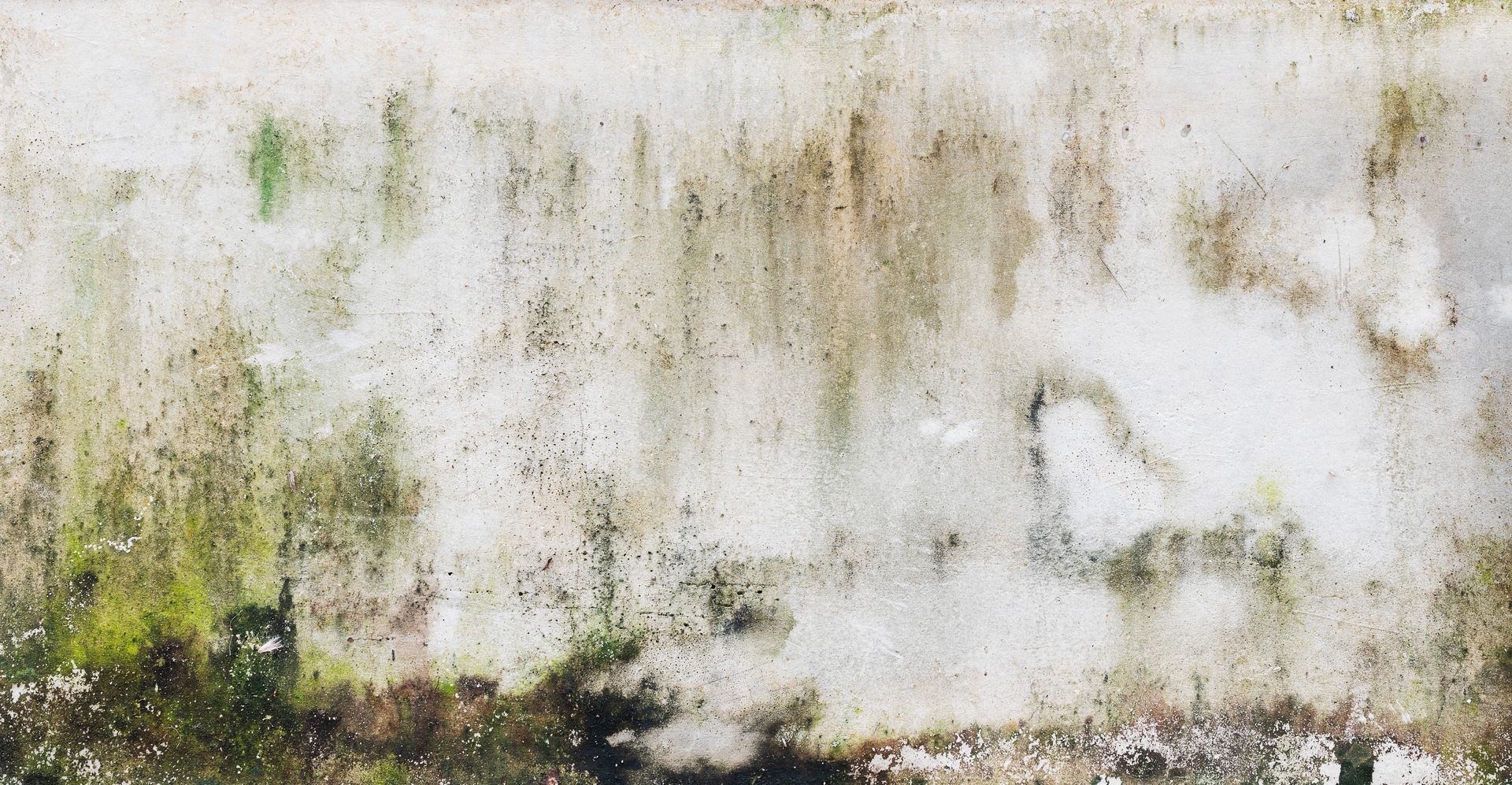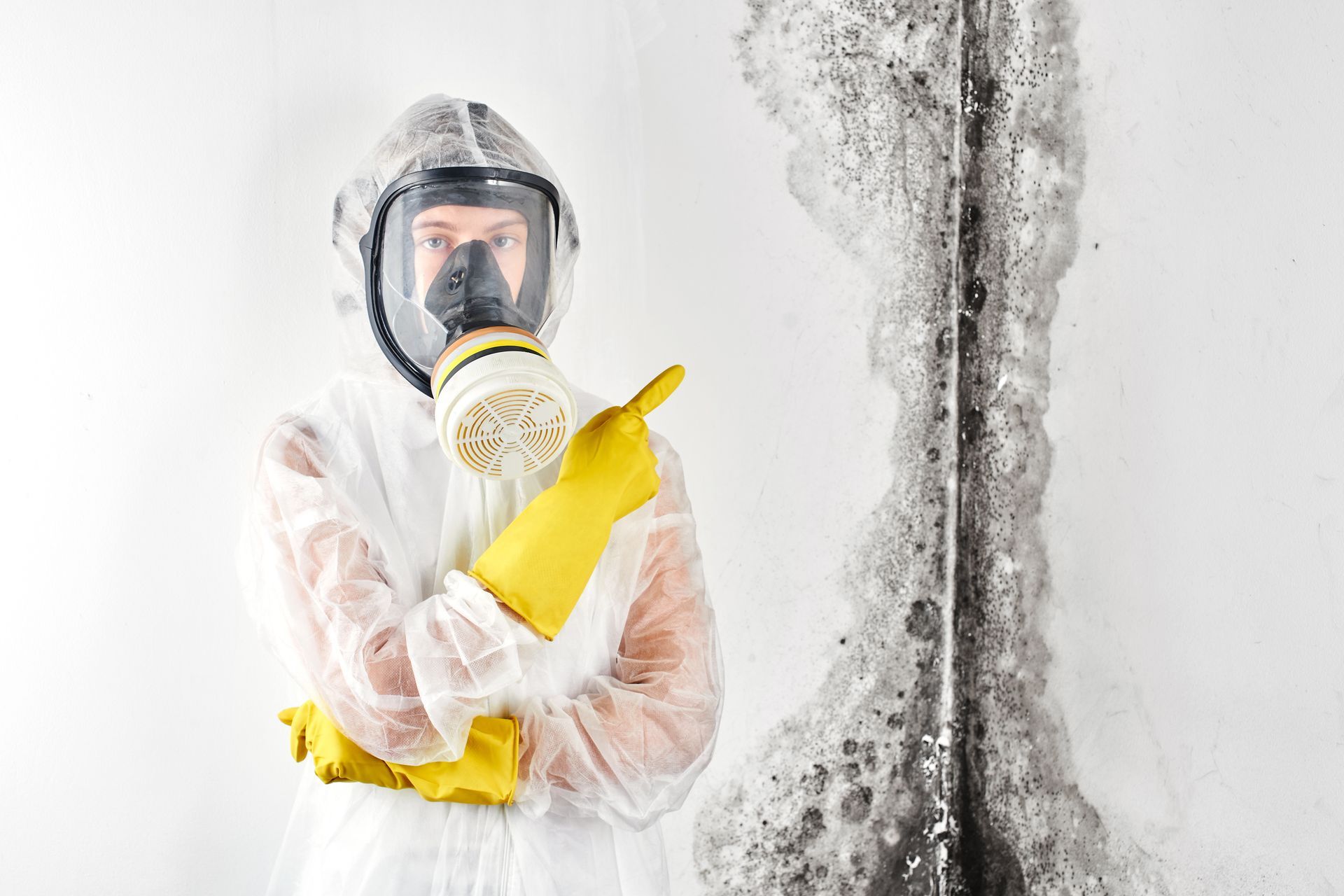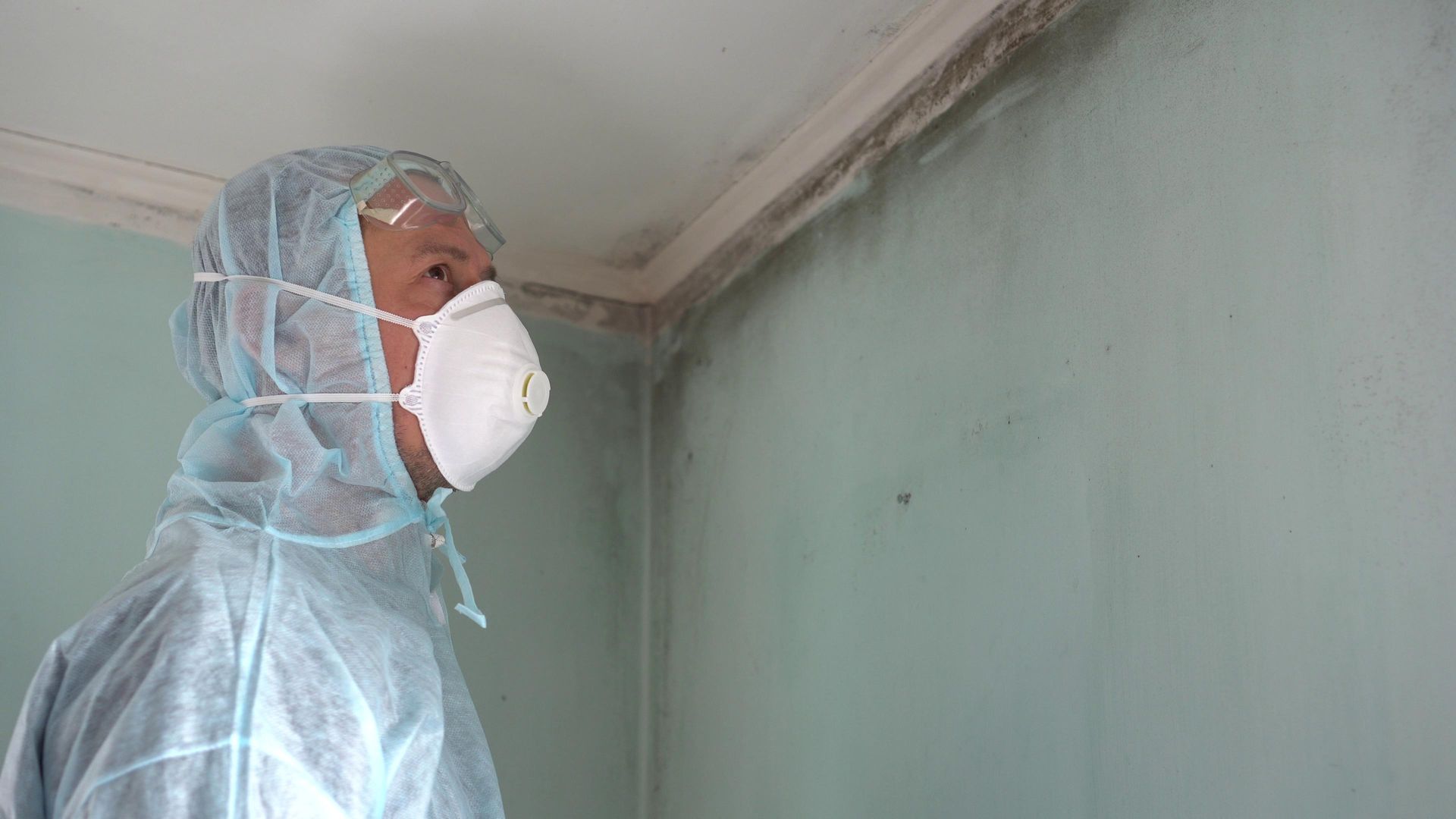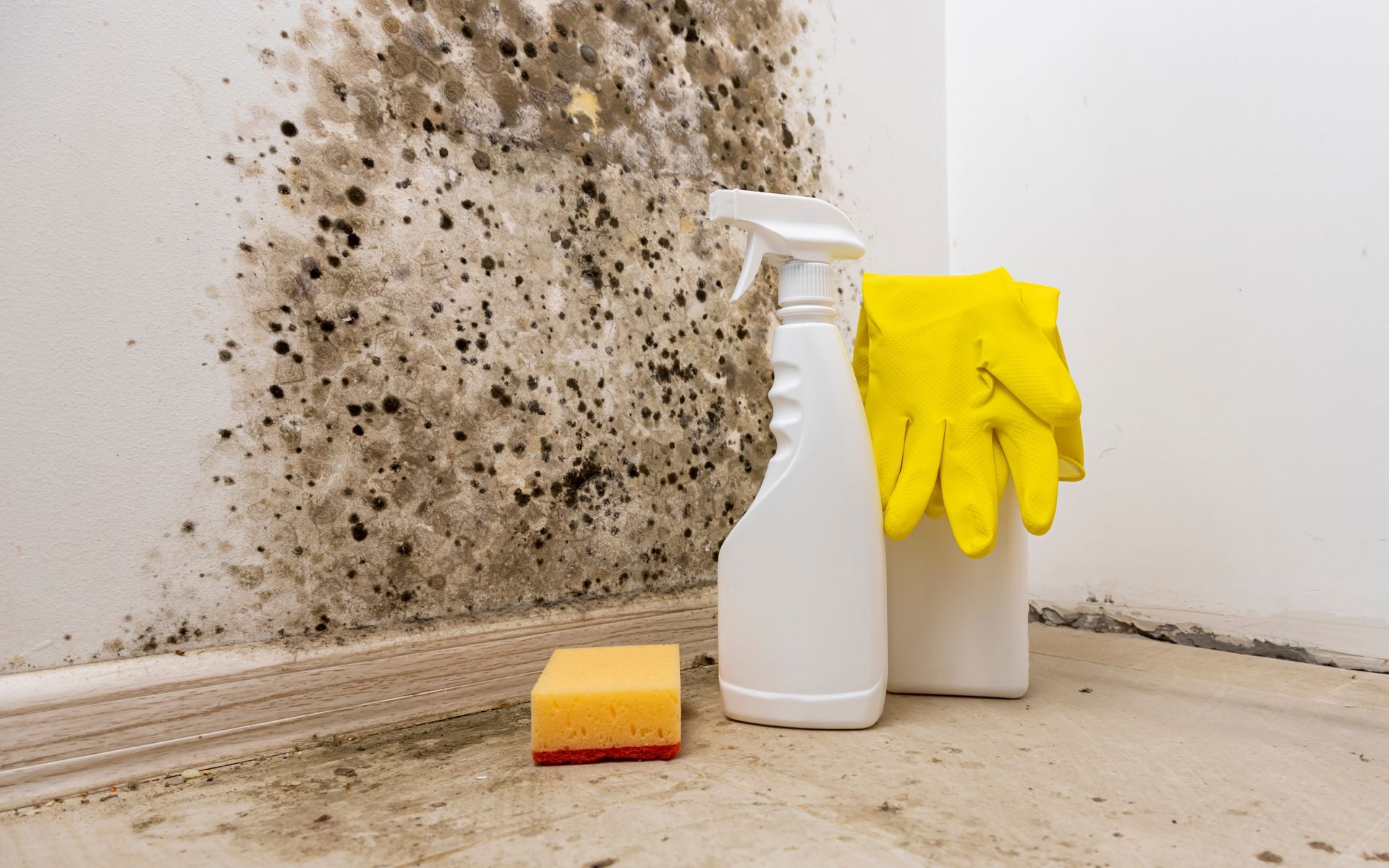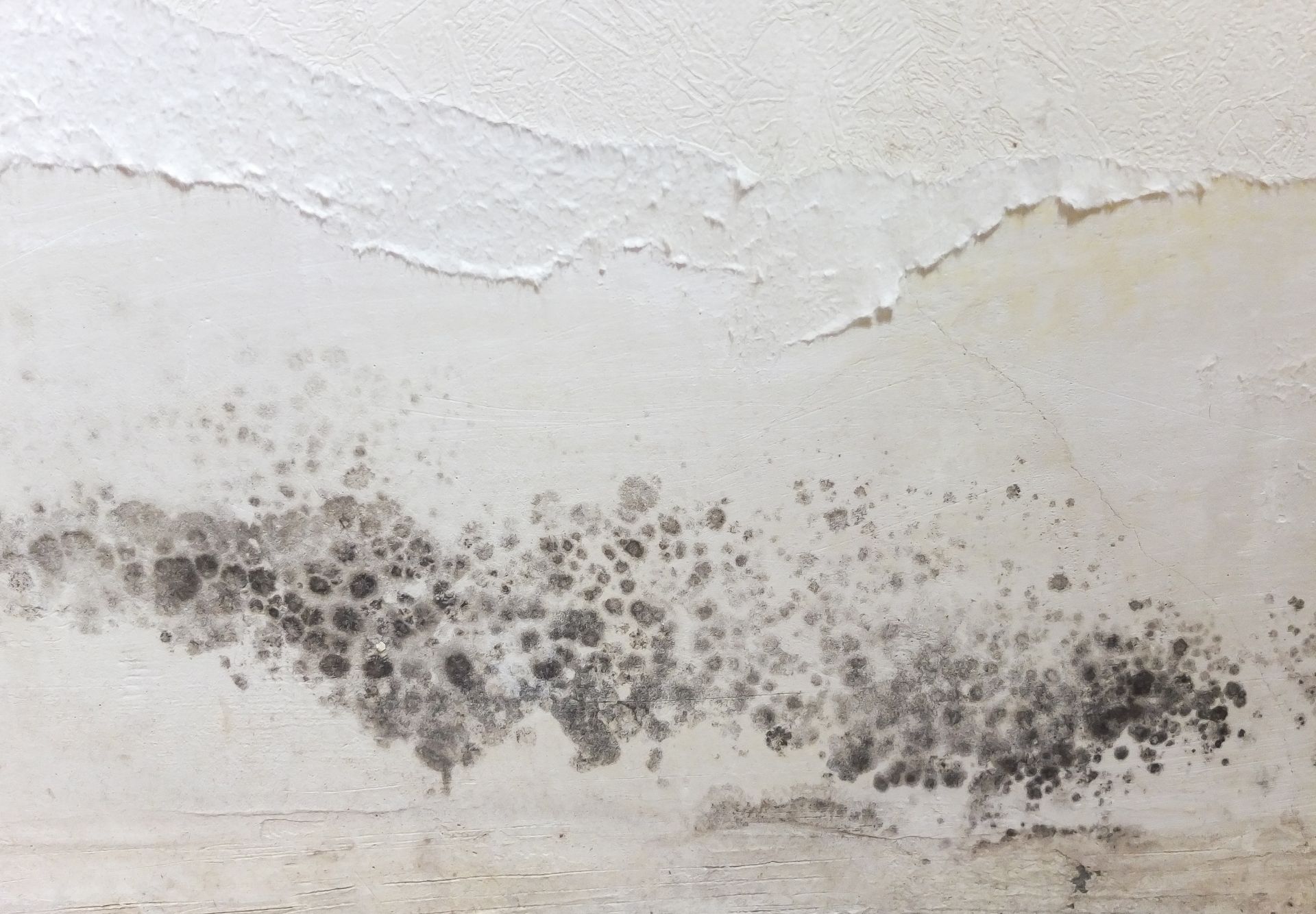Need Help? Talk to an Expert
Expert tips

October 30, 2024
Introduction: When dealing with mold issues, selecting the right mold remediation service is crucial for effective and lasting results. Peek Mold Control stands out as a top choice for homeowners seeking reliable and thorough mold removal solutions. This article explores why Peek Mold Control is the best option for comprehensive mold remediation, highlighting their unique approach, expertise, and benefits. 1. Expert Mold Inspection and Assessment Detailed Inspections: Peek Mold Control starts with a meticulous inspection to assess the extent of mold contamination. Their team uses advanced tools such as moisture meters and infrared cameras to detect hidden mold and moisture sources that may not be visible to the naked eye. This thorough assessment ensures that all affected areas are identified and addressed. Accurate Diagnosis: Their experts provide an accurate diagnosis of the mold problem, including identifying the type of mold and the underlying causes of moisture. Understanding these factors is essential for developing an effective remediation plan and preventing future mold growth. 2. Customized Mold Remediation Plans Tailored Solutions: Peek Mold Control creates customized mold remediation plans based on the specific needs of each property. Their approach involves developing a strategy that addresses the unique challenges of your home, including the extent of mold contamination, moisture sources, and affected materials. Step-by-Step Process: Their remediation plans include a step-by-step process to ensure thorough removal and prevention of mold. This process typically involves containment, removal of contaminated materials, cleaning and disinfection, and addressing the root causes of mold growth. 3. Advanced Mold Removal Techniques State-of-the-Art Equipment: Peek Mold Control employs state-of-the-art equipment to effectively remove mold and ensure a clean environment. Their tools include HEPA vacuums, air scrubbers, and dehumidifiers, which help remove mold spores from the air and surfaces, reducing the risk of cross-contamination. Effective Cleaning Agents: They use advanced cleaning agents and antimicrobial treatments to eliminate mold and prevent regrowth. These agents are selected for their effectiveness in killing mold spores and their safety for use in residential settings. 4. Moisture Control and Prevention Identifying Moisture Sources: A critical component of Peek Mold Control’s service is addressing the underlying moisture problems that contribute to mold growth. They identify sources of moisture such as leaks, poor ventilation, and high humidity, and implement solutions to mitigate these issues. Preventive Measures: Peek Mold Control offers preventive measures to reduce the risk of future mold problems. These measures include improving ventilation, installing dehumidifiers, and repairing leaks. Their goal is to create a long-term solution that keeps your home mold-free. 5. Comprehensive Restoration Services Restoration and Repair: After mold removal, Peek Mold Control provides comprehensive restoration services to repair and replace damaged materials. This includes restoring affected areas such as drywall, flooring, and insulation to their original condition, ensuring that your home is returned to a safe and livable state. Quality Assurance: Their restoration services are backed by a commitment to quality. Peek Mold Control ensures that all repairs meet high standards and that the affected areas are thoroughly inspected to confirm that mold has been completely removed. 6. Experienced and Certified Professionals Qualified Technicians: Peek Mold Control’s team consists of experienced and certified mold remediation professionals. Their technicians are trained in the latest mold removal techniques and adhere to industry standards for safety and effectiveness. Industry Certifications: Peek Mold Control holds relevant industry certifications, including those from organizations such as the Institute of Inspection, Cleaning and Restoration Certification (IICRC). These certifications reflect their expertise and commitment to providing high-quality mold remediation services. 7. Customer-Centric Approach Personalized Service: Peek Mold Control prioritizes customer satisfaction by offering personalized service and clear communication throughout the remediation process. They work closely with homeowners to address their concerns and ensure that their needs are met. Transparent Pricing: They provide transparent pricing and detailed estimates for their services, ensuring that homeowners understand the costs involved and what to expect. Their approach eliminates surprises and helps customers make informed decisions. 8. Testimonials and Success Stories Positive Reviews: Peek Mold Control has a track record of positive reviews and testimonials from satisfied customers. Homeowners praise their professionalism, effectiveness, and the quality of their work. These testimonials provide valuable insight into the company’s reputation and reliability. Case Studies: Their success stories showcase their ability to handle a variety of mold problems, from minor infestations to extensive contamination. These case studies highlight their expertise and the results they deliver, reinforcing their position as a top choice for mold remediation. 9. How to Get Started with Peek Mold Control Initial Contact: Getting started with Peek Mold Control is simple. Homeowners can contact them to schedule an initial inspection and consultation. Their team will assess the mold problem and provide a detailed plan for remediation. Inspection and Quote: After the initial contact, Peek Mold Control will perform a thorough inspection and provide a detailed quote for their services. This quote will outline the scope of work, estimated costs, and timeline for remediation. Remediation and Follow-Up: Once the plan is approved, Peek Mold Control will proceed with mold removal and remediation. They will keep homeowners informed throughout the process and conduct a follow-up inspection to ensure that the mold problem has been effectively addressed. Conclusion: Peek Mold Control offers a comprehensive and professional approach to mold remediation, making them a top choice for homeowners seeking effective and lasting solutions. With their expert inspections, customized remediation plans, advanced techniques, and commitment to customer satisfaction, Peek Mold Control ensures that mold problems are thoroughly addressed and prevented. If you’re dealing with mold issues or want to safeguard your home from future problems, consider contacting Peek Mold Control for expert assistance and peace of mind.
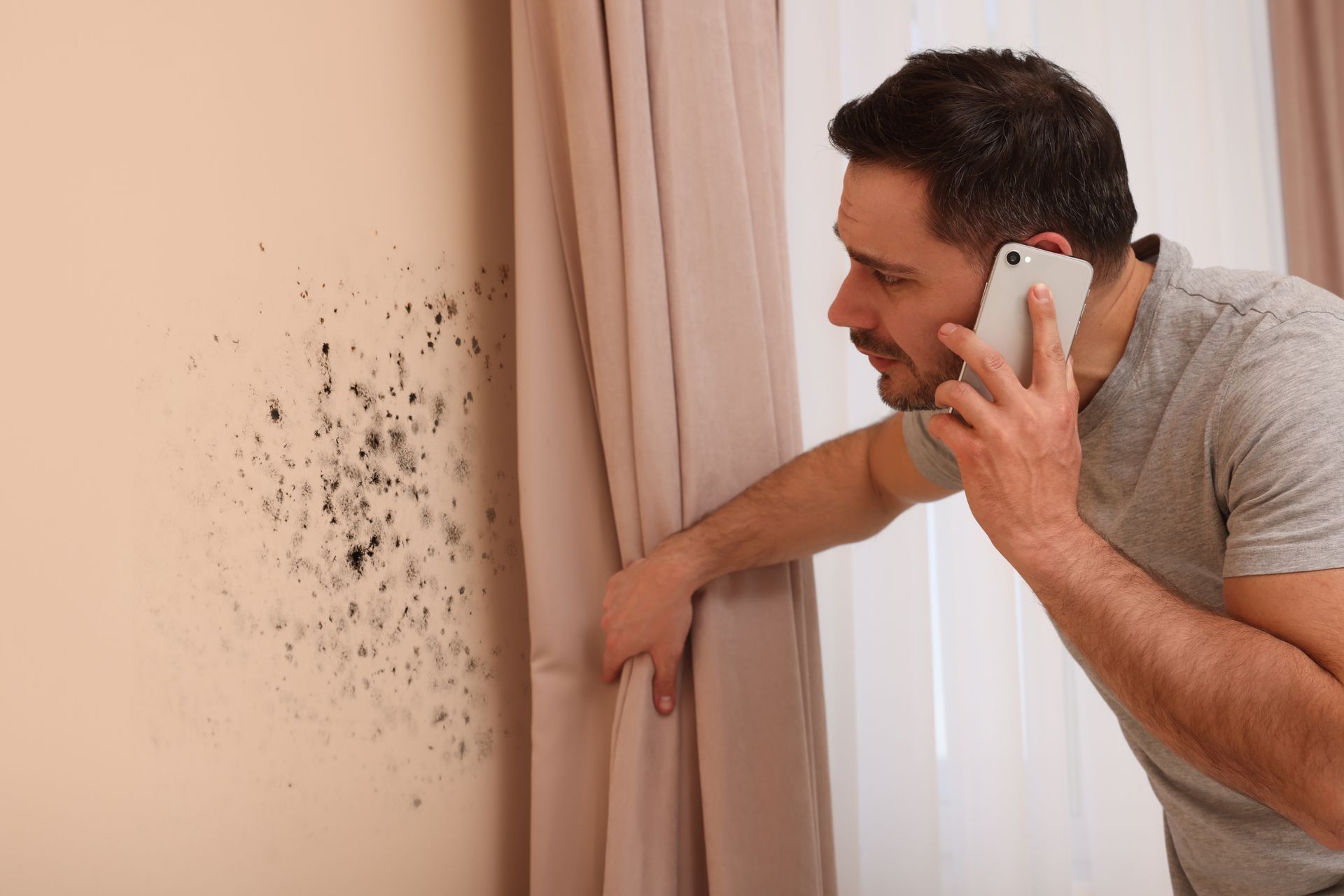
October 16, 2024
Introduction: Mold growth in homes is often the result of underlying issues related to moisture and humidity. Understanding the common causes of mold can help you take preventive measures to protect your home and maintain a healthy living environment. In this article, we’ll explore the primary causes of mold in homes and provide tips on how to prevent them. 1. Water Leaks and Plumbing Issues Water leaks and plumbing problems are significant contributors to mold growth: Leaking Pipes: Leaking pipes can release water into walls, ceilings, and floors, creating an ideal environment for mold growth. Regularly check for leaks and address any plumbing issues promptly. Roof Leaks: Roof leaks can allow water to infiltrate your home, leading to mold growth in attic spaces and ceilings. Inspect your roof regularly and repair any damaged shingles or flashing. Basement Leaks: Basements are prone to water leaks due to groundwater seepage or faulty sump pumps. Ensure that your basement is properly sealed and that your sump pump is functioning correctly. 2. Poor Ventilation Inadequate ventilation can lead to high humidity levels and mold growth: Bathrooms: Bathrooms are often humid environments due to showers and baths. Use exhaust fans and open windows to reduce humidity and improve ventilation. Kitchens: Cooking can generate steam and moisture. Ensure that your kitchen is equipped with an exhaust fan that vents outside to remove excess moisture. Attics and Crawl Spaces: Poor ventilation in attics and crawl spaces can lead to trapped moisture and mold growth. Install vents and ensure proper airflow to these areas. 3. High Humidity Levels High indoor humidity is a common cause of mold growth: Humidity Control: Maintain indoor humidity levels between 30% and 50% to prevent mold growth. Use dehumidifiers and air conditioners to regulate humidity levels, especially in areas prone to high moisture. Humidity Monitoring: Use a hygrometer to monitor indoor humidity levels. If humidity levels exceed the recommended range, take steps to reduce moisture and improve ventilation. Drying Clothes: Avoid drying clothes indoors, as this can increase humidity levels. Use a dryer vented outside or dry clothes in a well-ventilated area. 4. Condensation Condensation occurs when warm, moist air comes into contact with cold surfaces: Window Condensation: Condensation on windows can lead to mold growth on window sills and surrounding areas. Use window coverings to reduce condensation and ensure proper ventilation. Walls and Ceilings: Condensation on walls and ceilings can occur in poorly insulated areas. Improve insulation and use vapor barriers to prevent condensation and mold growth. 5. Flooding Flooding can introduce large amounts of water into your home, creating a breeding ground for mold: Flood Prevention: Take steps to prevent flooding by maintaining proper drainage around your home and ensuring that gutters and downspouts are clear. Post-Flood Cleanup: After a flood, act quickly to remove water and dry affected areas. Use fans, dehumidifiers, and moisture meters to ensure that all moisture is removed. Water Damage Repair: Address any water damage promptly, including repairing or replacing damaged materials such as drywall, insulation, and flooring. 6. Inadequate Insulation Poor insulation can contribute to mold growth by allowing warm, moist air to come into contact with cold surfaces: Insulation Check: Inspect your home’s insulation to ensure it is in good condition and properly installed. Address any gaps or deficiencies in insulation. Insulating Pipes: Insulate exposed pipes to prevent condensation and reduce the risk of mold growth in areas where pipes are located. 7. Poorly Sealed Windows and Doors Improperly sealed windows and doors can allow moisture to enter your home: Sealing Gaps: Check for and seal any gaps or cracks around windows and doors. This prevents moisture from entering and helps maintain a controlled indoor environment. Weatherstripping: Install weatherstripping around windows and doors to improve insulation and reduce the risk of moisture intrusion. 8. Building Material Issues Certain building materials can be more susceptible to mold growth: Material Selection: Choose mold-resistant building materials, such as mold-resistant drywall and insulation, especially in areas prone to moisture. Proper Installation: Ensure that building materials are properly installed and sealed to prevent moisture intrusion and mold growth. 9. Lack of Regular Maintenance Regular home maintenance is essential for preventing mold growth: Routine Inspections: Conduct regular inspections of your home to identify and address potential mold problems. Check for signs of water damage, leaks, and high humidity. Maintenance Tasks: Perform routine maintenance tasks, such as cleaning gutters, inspecting roof conditions, and maintaining ventilation systems. Professional Inspections: Consider scheduling professional inspections to identify hidden mold issues and ensure that your home is free from mold-related problems. 10. How Peek Mold Control Can Help Peek Mold Control offers expert services to address and prevent mold issues in your home: Comprehensive Inspections: Peek Mold Control provides thorough inspections to identify the causes of mold growth and assess the extent of the problem. Effective Remediation: Their team of professionals uses advanced techniques and equipment to remove mold and address underlying moisture issues. Preventive Solutions: Peek Mold Control offers solutions and recommendations to prevent future mold problems, including improving ventilation, insulation, and moisture control. Expert Advice: Benefit from their expertise and advice on maintaining a mold-free home and addressing potential issues before they become serious problems. Conclusion: Understanding the common causes of mold and taking preventive measures can help protect your home and maintain a healthy living environment. By addressing issues such as water leaks, poor ventilation, high humidity, and flooding, you can reduce the risk of mold growth and ensure a safe and comfortable home. Peek Mold Control’s expertise and services provide valuable support in addressing and preventing mold issues, helping you maintain a mold-free environment. If you suspect mold or need assistance with prevention, contact Peek Mold Control for professional help and guidance.
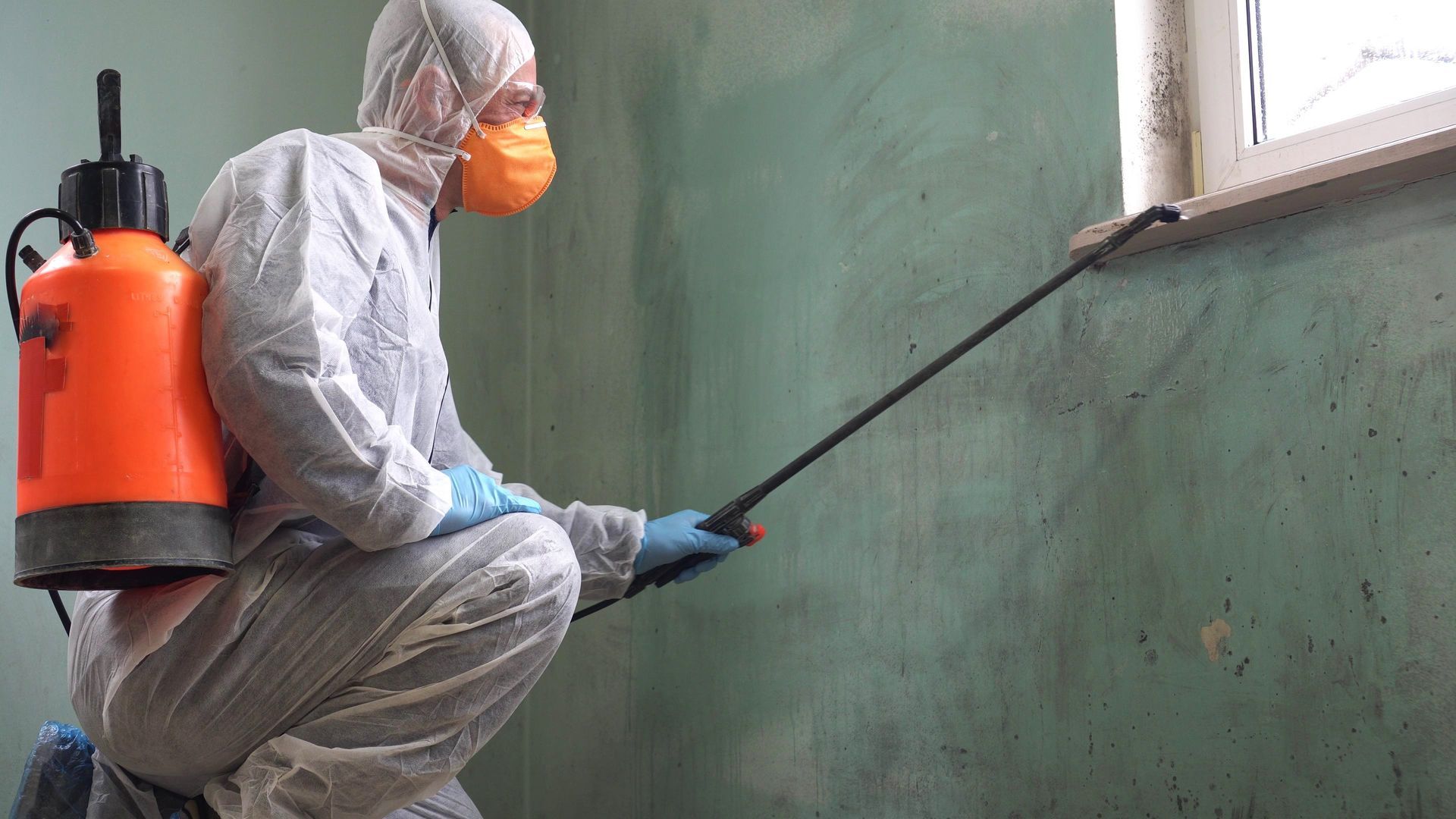
September 23, 2024
Introduction: Mold is an unwelcome guest in any home. It’s sneaky, thriving in damp, hidden places, and can cause significant health issues if left unchecked. While small mold patches might seem manageable, they can indicate a larger, unseen problem. But how do you know when it’s time to call in a professional? Here are the top 10 signs that you need a mold inspection in your home. 1. Visible Signs of Mold The most obvious sign that you need a mold inspection is the presence of visible mold. Mold can appear in various forms and colors, such as black, green, white, or even orange spots on walls, ceilings, or floors. It can be powdery, fuzzy, or slimy. If you see mold growing in your home, it's essential to have a professional inspect the extent of the infestation, as what’s visible may only be the tip of the iceberg. Mold often hides behind walls, under floors, or in less accessible areas, where it can continue to spread unnoticed. 2. Persistent Musty Odors A persistent musty smell in your home is a common indicator of hidden mold. This odor is often strongest in areas like basements, bathrooms, or attics, where moisture tends to accumulate. The smell comes from microbial volatile organic compounds (mVOCs) released by mold as it grows. If you notice a musty smell that doesn’t go away even after cleaning and airing out your home, it’s a good idea to have a professional mold inspection to locate the source of the odor. 3. Allergy-Like Symptoms Mold exposure can trigger allergy-like symptoms, even in people who aren’t typically allergic. Common symptoms include sneezing, coughing, itchy eyes, runny nose, and skin rashes. These symptoms often worsen when you’re at home and improve when you leave, suggesting that mold in your environment might be the cause. If you or your family members experience these symptoms regularly, especially during the damp or rainy seasons, it might be time to have your home inspected for mold. 4. Water Damage or Leaks Water damage is a leading cause of mold growth. Whether it’s from a leaking roof, a burst pipe, or a flooded basement, any area that has been exposed to water is at risk for mold growth. Even if the water damage seems minor, such as a small leak or damp spot, mold can develop quickly in these conditions. If you’ve experienced any water damage or know of leaks in your home, it’s crucial to have those areas inspected for mold, even if you can’t see it on the surface. 5. High Humidity Levels Mold thrives in humid environments, so if your home has high humidity levels, especially above 60%, it can create the perfect breeding ground for mold. Bathrooms, kitchens, basements, and laundry rooms are particularly susceptible. You might notice condensation on windows, walls, or pipes, which indicates that the humidity is too high. Using a hygrometer, you can measure the humidity levels in your home. If they are consistently high, it’s advisable to get a professional mold inspection to prevent or address mold growth. 6. Condensation Issues Condensation on windows, pipes, or walls is another sign that your home may have mold. Condensation occurs when warm, moist air comes into contact with a cold surface, creating moisture that can lead to mold growth. This is especially common in winter months when warm indoor air meets cold glass surfaces. If you frequently notice condensation in your home, it’s important to address the underlying moisture issue and consider a mold inspection to ensure that mold hasn’t already started to develop. 7. Warping or Deterioration of Materials Mold can cause significant damage to your home’s structure and materials. If you notice warping, peeling, or bubbling of paint or wallpaper, it could be a sign that mold is growing underneath. Similarly, if wood surfaces like floors or walls start to deteriorate, it could be due to mold feeding on the organic materials. Mold can weaken the integrity of building materials, leading to costly repairs if not addressed promptly. A professional mold inspection can help identify the extent of the damage and the best course of action. 8. History of Flooding If your home has a history of flooding, whether from a natural disaster or a plumbing issue, it’s at high risk for mold growth. Even if the flood happened years ago, mold spores can remain dormant and start growing again when conditions become favorable. Areas that were once flooded but may have dried out are particularly vulnerable. It’s essential to have these areas inspected regularly for mold, as lingering moisture can easily trigger a mold outbreak. 9. Recurring Respiratory Issues Chronic respiratory issues, such as asthma, bronchitis, or other lung conditions, can be exacerbated by mold exposure. If you or anyone in your household has a persistent cough, wheezing, or shortness of breath, it could be a sign that mold is present in your home. These symptoms often worsen at night or early in the morning when you’re spending more time indoors. If you notice a correlation between your respiratory symptoms and your time spent at home, a mold inspection is highly recommended. 10. Mold Growth After DIY Removal If you’ve attempted to remove mold yourself but it keeps coming back, this is a clear sign that you need professional help. DIY mold removal can be effective for small, surface-level mold infestations, but if the mold is recurring, it’s likely that the root cause hasn’t been fully addressed. Mold can be tricky to remove entirely without the proper tools and expertise, and it can easily spread to other areas of your home if not handled correctly. A professional mold inspection can determine the extent of the problem and provide a more permanent solution. Conclusion: Mold is more than just an unsightly nuisance; it poses serious health risks and can cause significant damage to your home. If you notice any of these signs, it’s crucial to act quickly and schedule a professional mold inspection. Peek Mold Control offers thorough inspections and effective mold remediation services to ensure your home is safe and mold-free. Don’t wait for the problem to escalate—contact Peek Mold Control today and protect your home and your health from the dangers of mold.
For expert mold and water damage solutions, reach out to Peek Mold Control. We’re here to ensure your property stays safe and healthy.


